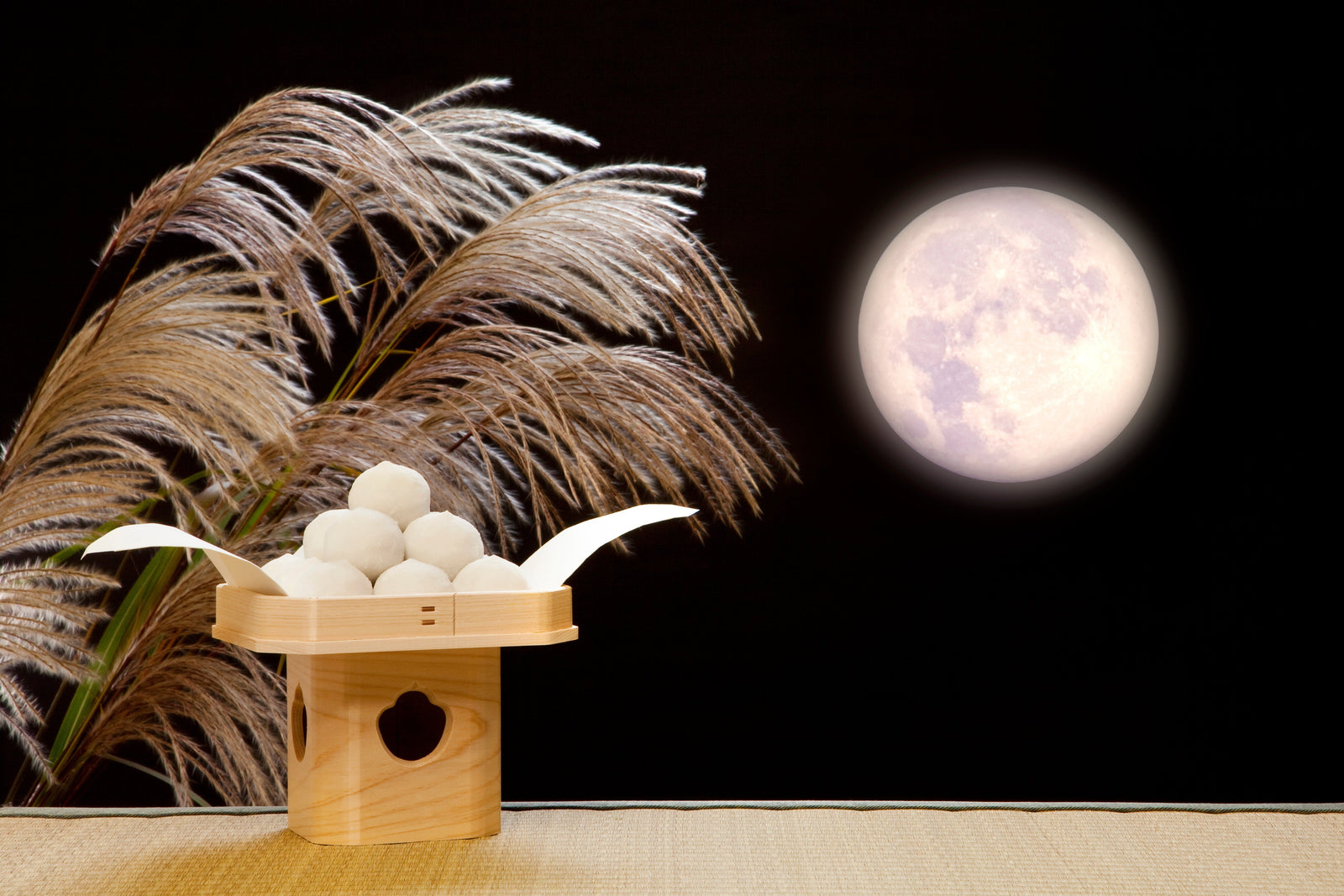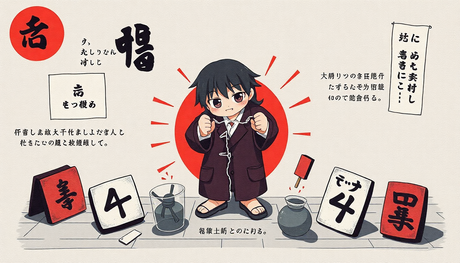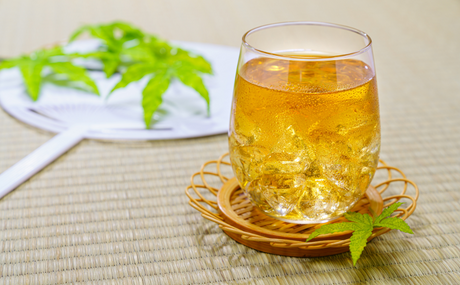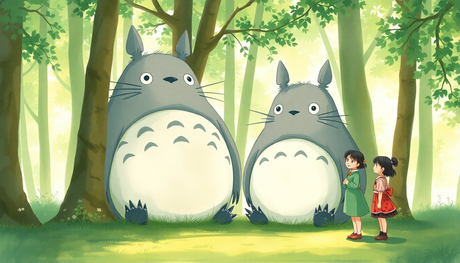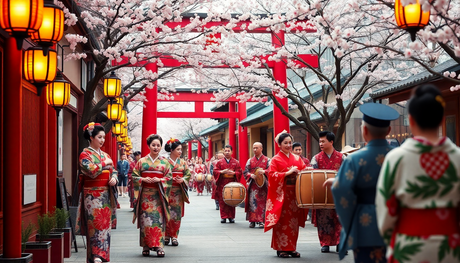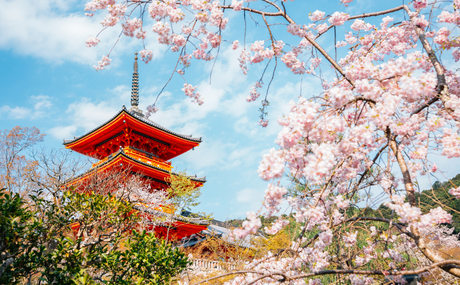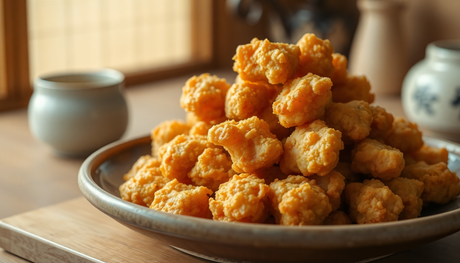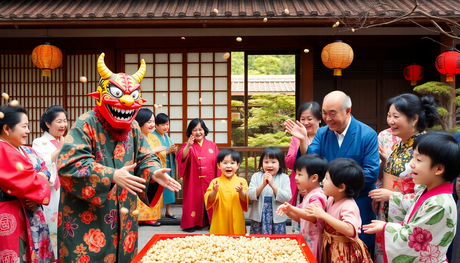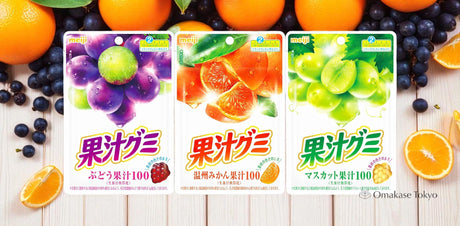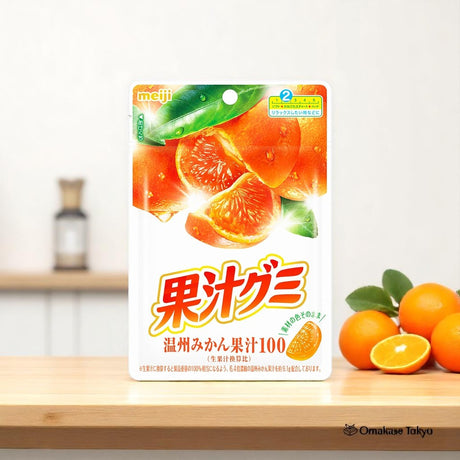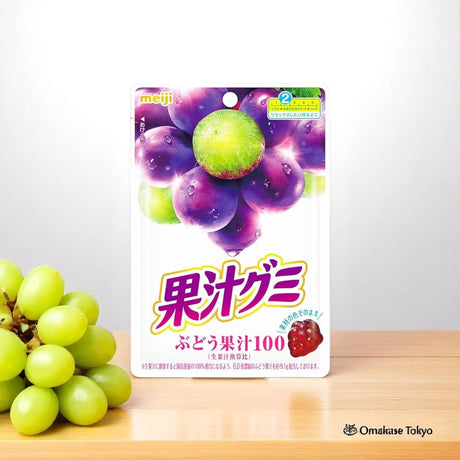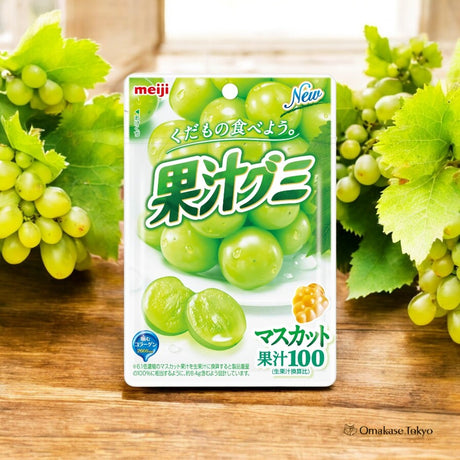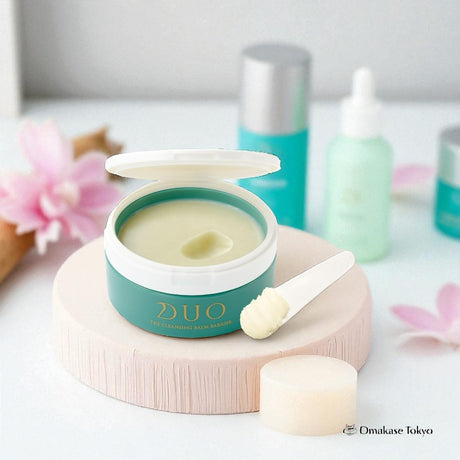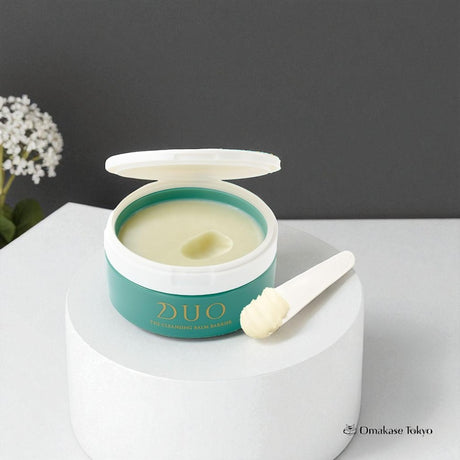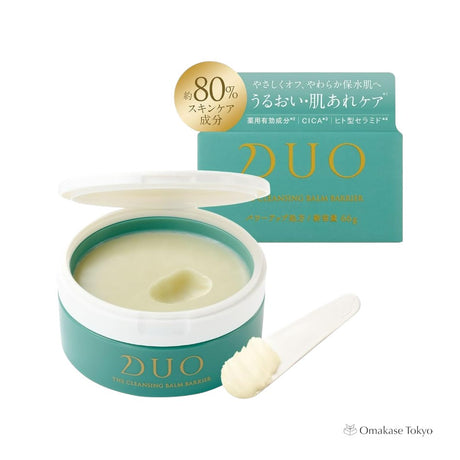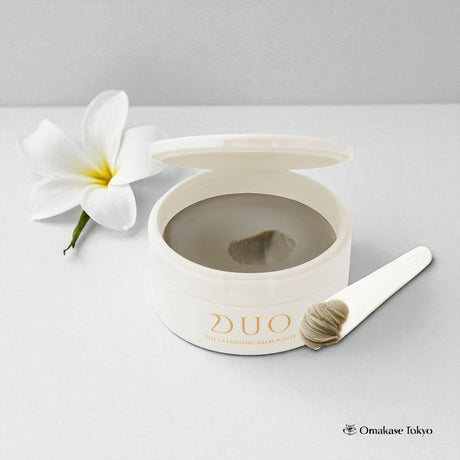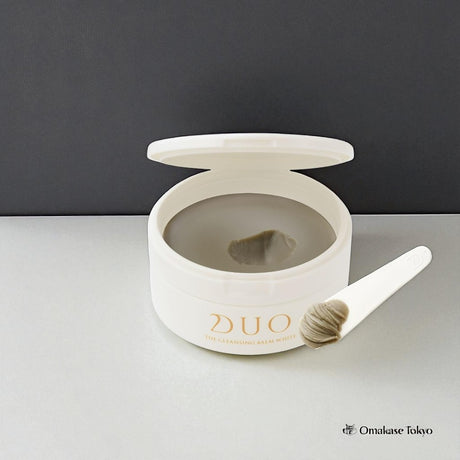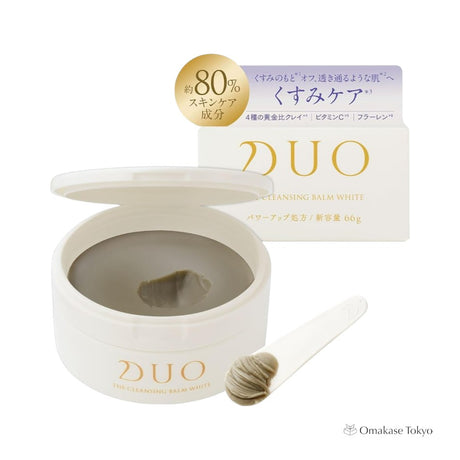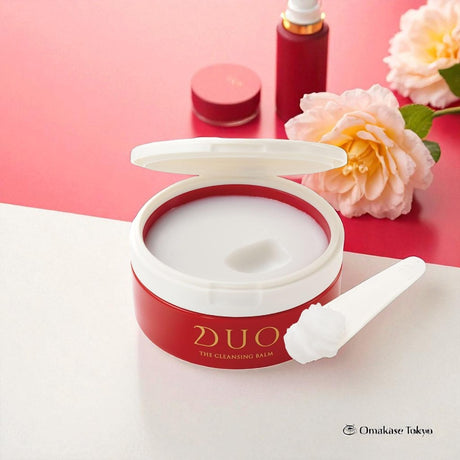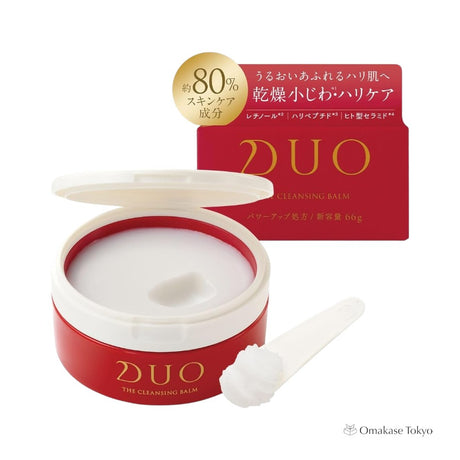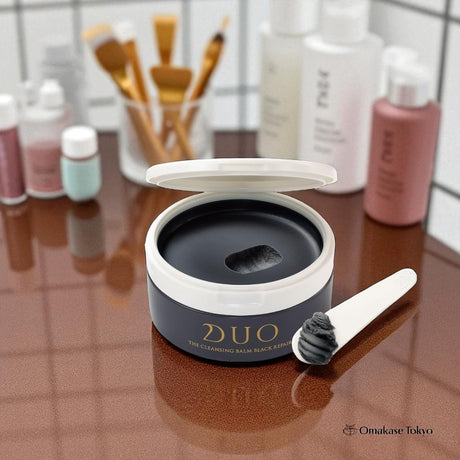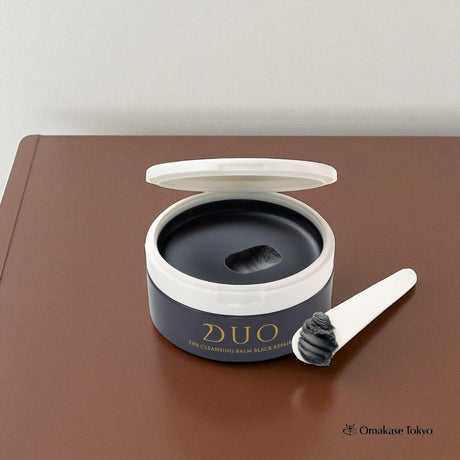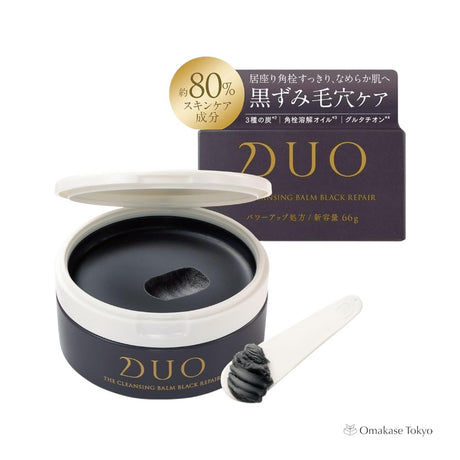If you’re fascinated by Japanese culture, you might have heard of Otsukimi (お月見), the traditional Japanese Moon Viewing Festival. Celebrated in autumn, Otsukimi is a charming and serene festival where people admire the full moon, enjoy seasonal treats, and honor nature’s beauty. In this blog post, we’ll explore the history, customs, and foods of Otsukimi, as well as tips for experiencing it like a local.
What is Otsukimi?
Otsukimi, literally meaning “moon viewing,” is a Japanese festival that celebrates the beauty of the full moon, especially the harvest moon in September or October. This festival has roots in Chinese Mid-Autumn Festival traditions and has been celebrated in Japan for centuries, dating back to the Heian period (794–1185).
Otsukimi is a way to express gratitude for the harvest, enjoy seasonal scenery, and spend quiet time with family and friends under the moonlight.
When is Otsukimi Celebrated?
Unlike fixed-date festivals, Otsukimi is based on the lunar calendar. It usually falls on the 15th day of the 8th lunar month, which often corresponds to mid-September or early October. The main day is called Jugoya (十五夜), when the moon is at its brightest and roundest.
Some regions also celebrate a second moon viewing called Kanshō-tsuki (十三夜), which usually takes place a month later in October. Missing either moon viewing is considered unlucky!
Otsukimi Decorations and Traditions
During Otsukimi, Japanese families often decorate with natural elements and symbols of harvest:
-
Susuki (pampas grass): This tall, silver grass is a symbol of autumn and is believed to ward off evil spirits.
-
Dango (rice dumplings): Small, round dumplings representing the full moon. Usually, 15 dango are arranged on a tray to honor the moon.
-
Seasonal produce: Chestnuts, taro, sweet potatoes, and other autumn foods are displayed to give thanks for a good harvest.
People may also enjoy moonlit walks or gather in parks to admire the moon with friends and family.
Otsukimi Foods You Must Try
Food plays an important role in Otsukimi celebrations. Here are some traditional foods:
-
Tsukimi Dango – Sweet rice dumplings arranged in a pyramid on a tray.
-
Tsukimi Soba – Buckwheat noodles topped with a raw or poached egg, symbolizing the moon.
-
Seasonal snacks – Roasted chestnuts, sweet potatoes, and persimmons.
-
Moon-shaped sweets – Many confectioneries offer moon-themed treats during this season.
Modern Ways to Celebrate Otsukimi
Today, Otsukimi isn’t just for traditionalists. You can enjoy it in various modern ways:
-
Moon viewing parties with friends or family in parks or gardens.
-
Otsukimi-themed events in cafes and restaurants.
-
Decorating your home with pampas grass and seasonal produce.
-
Sharing photos online of the harvest moon or your homemade dango.
Why Otsukimi is Special
Otsukimi is more than just admiring the moon; it’s about slowing down, appreciating nature, and being grateful. In a fast-paced world, this quiet, reflective tradition reminds us to pause and enjoy life’s simple pleasures.
Whether you are a visitor in Japan or someone curious about Japanese culture, experiencing Otsukimi is a unique way to connect with the beauty of the seasons.

